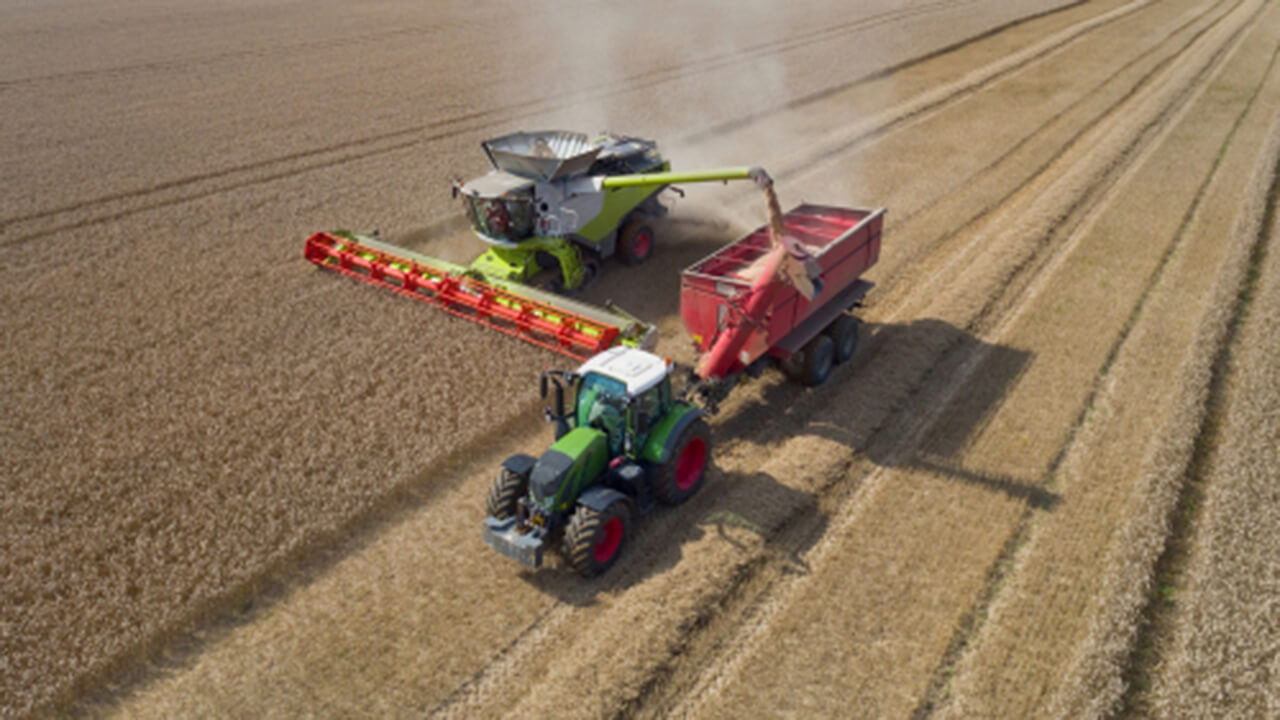In an earlier article , we looked at the proposed basis period reform for unincorporated businesses from 5 April 2024. Since then we have learned more about how this reform will work and this article looks specifically at how taxable income will be calculated in the 2023/24 tax year, which will be the transitional year between the old and the new regime.
Under the current rules, the annual profits of an established unincorporated business are taxed in the tax year in which the year-end falls. From 6 April 2024, profits will be assessed in the year in which they arise. The 2023/24 tax year is therefore the transitional period between the two regimes and profits for this period will cover the date from the end of the accounting period ending in 2022/23 and 5 April 2024.
This is best illustrated by an example. If we take a business with a 30 June year-end, the taxable profits for the 2022/23 tax year will be based on the accounting year ended 30 June 2022.
Jumping forward to the 2024/25 tax year, the basis period will be 6 April 2024 to 5 April 2025, which means that tax will be due on three months profits for the year ending 30 June 2024 and nine months profits for the year ending 30 June 2025 (it should be noted that it is possible to change the business’ accounting date to 5 April, or 31 March, to avoid the requirement to apportion profits).
The basis period for the 2023/24 tax year will be the period from the end of the accounting period ending in 2022/23 to 5 April 2024 (or 31 March by concession), in this instance the basis period will be 1 July 2022 to 5 April 2024 a period of 21 months.
This transitional basis period is actually made up of two parts – the “standard” period and the “transitional” period. The standard period is the period to the end of the normal accounting year ending in the 2023/24 tax year, in the above example the year ending 30 June 2023. The transition period is the period from the end of the standard period to 5 April 2024.
This distinction is important in terms of planning for the transitional year for a number of reasons.
Firstly, any overlap relief brought forward is offset against the transition profit first, with any excess then offset against the standard period profit.
Secondly, it is the transition profit that can be spread over five tax years, i.e. only a minimum of 20% of the transition profit is taxable in 2023/24 with the remainder spread over the next four tax years, or shorter if preferred.
To the extent that it is possible to forecast and time income and expenditure, this provides planning opportunities. Deferring income into the transition period provides an immediate cashflow advantage by increasing the profit that can be spread over five years and hence defers tax payments. However, this should be counterbalanced against the possibility that the deferred profits may be subject to higher rates of tax in later years. This is particularly relevant if profits are increasing and is compounded by the
Autumn Statement announcement
that the 45% additional rate of tax threshold will fall from £150,000 to £125,140 from 6 April 2023.
As always, every individual’s circumstances need to be considered carefully. Please contact me or your usual Rickard Luckin contact to discuss the opportunities further.
This article is from the latest edition of our Agricultural Briefing. To receive future copies of any of our newsletters directly to your inbox, please visit our preference centre to register your interest.
If you have any questions about the above, or would like more information specific to your circumstances, please enter your email address below and we will get in touch:
















